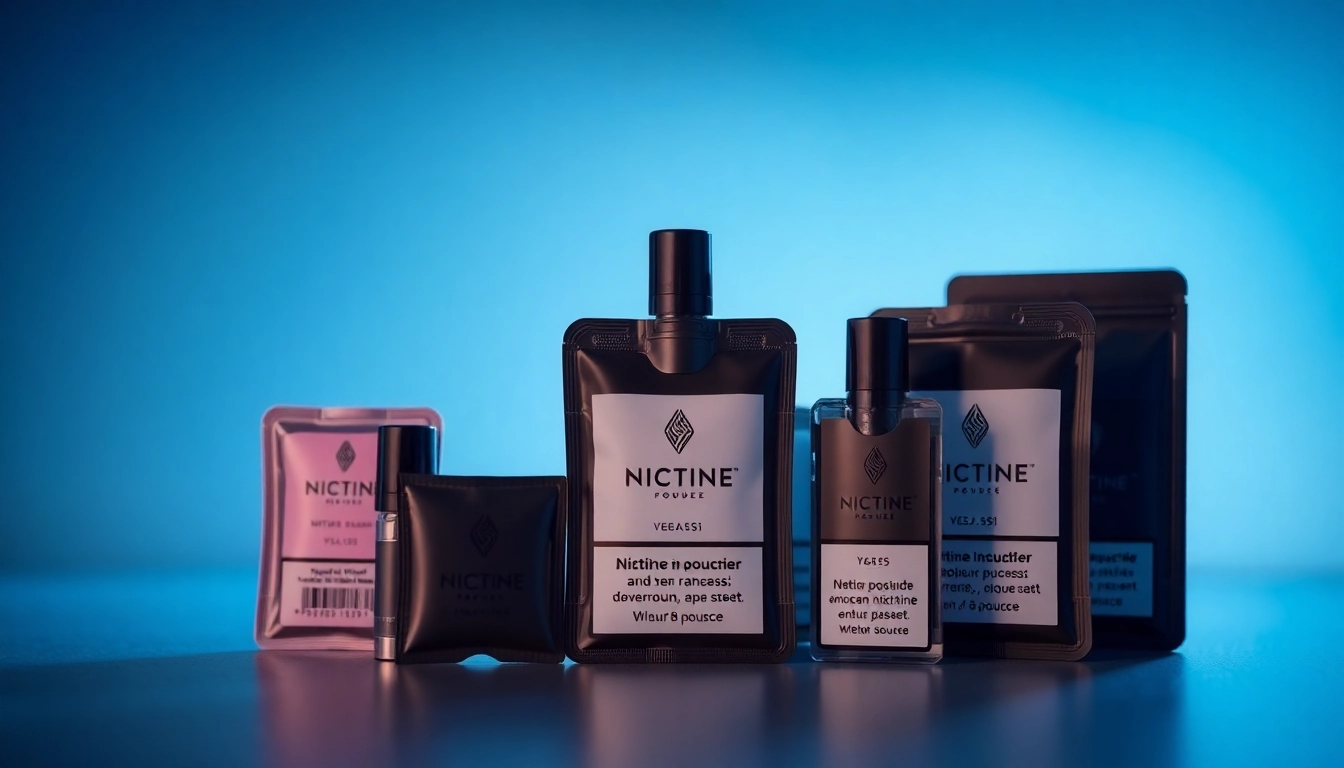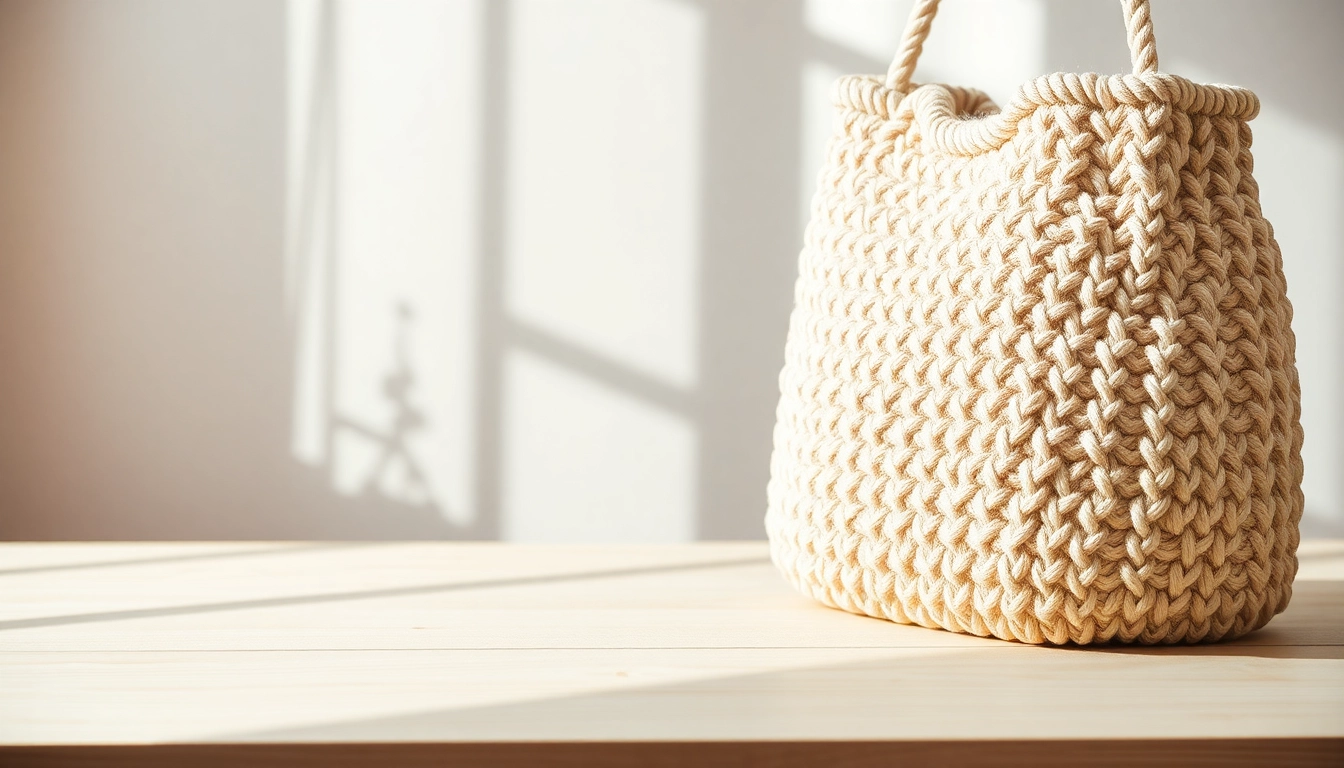Understanding the Importance of Wearing a Welding Jacket
Welding is a rewarding profession, but it comes with its own set of risks and hazards. One of the essential pieces of protective gear is the welding jacket. Understanding its importance is the first step towards ensuring your safety and comfort while on the job.
What is a Welding Jacket?
A welding jacket is a specialized garment designed to protect the wearer from harmful sparks, heat, and molten metal generated during welding processes. Made from flame-resistant materials—such as cotton or leather—these jackets provide a barrier that helps prevent burns and injuries. Their design often incorporates features like long sleeves, high collars, and adjustable cuffs to enhance protection and comfort.
Why Safety Matters in Welding
The welding process involves significant risks, including exposure to intense heat and ultraviolet light, which can cause severe injuries or long-term health issues if safety measures aren’t prioritized. According to the Occupational Safety and Health Administration (OSHA), proper personal protective equipment (PPE) such as welding jackets significantly minimizes these risks. Wearing a welding jacket protects not just the skin but also helps prevent respiratory problems from inhaling fumes and gases produced during welding.
Types of Welding Jackets and Their Benefits
Welding jackets come in various styles and materials, each designed to cater to different welding scenarios:
- Cotton Welding Jackets: Often treated for flame resistance, these jackets are lightweight, breathable, and ideal for light to moderate welding tasks.
- Leather Welding Jackets: Extremely durable, leather jackets provide superior protection against sparks and heat, making them suitable for heavy-duty welding.
- Hybrid Jackets: Combining materials like leather and cotton, these jackets offer a balance of comfort and protection, catering to various welding situations.
- Hi-Visibility Jackets: Often used in outdoor or dimly lit environments, these jackets feature bright colors for enhanced visibility, providing an additional layer of safety.
Key Features to Look for in a Welding Jacket
Material Matters: Cotton vs. Leather
The choice of material is crucial for the effectiveness and comfort of a welding jacket. Cotton jackets are generally lighter and more comfortable for prolonged wear. They allow for good airflow, which is a significant benefit during hot working conditions. Leather jackets, while heavier, are ideal for heavy welding jobs, providing robust protection against sparks and heat. They are typically less breathable, but their durability makes them a staple for industrial applications.
Fit and Comfort: Finding the Perfect Size
A proper fit is essential for maximizing the protective qualities of a welding jacket. It should be snug but not restrictive, allowing for a full range of motion without exposing the skin. Look for adjustable features like cuffs, waistbands, and collars to ensure a secure yet comfortable fit. A jacket that hinders movement can lead to accidents, particularly when maneuvering around equipment and materials.
Flame Resistance Ratings Explained
Flame resistance ratings indicate how well a garment can withstand exposure to fire. Familiarize yourself with the ASTM (American Society for Testing and Materials) and NFPA (National Fire Protection Association) ratings, as they provide an assurance of quality and safety. A welding jacket should ideally have a rating that matches the type of welding being performed; higher ratings indicate better protection against open flames, sparks, and spatter.
Maintenance Tips for Your Welding Jacket
Cleaning and Care Guidelines
Proper maintenance of your welding jacket is vital for ensuring its longevity and effectiveness. Most cotton jackets can be machine washed, while leather jackets require special care, often needing spot cleaning and conditioning to maintain their integrity. Always refer to the manufacturer’s care instructions for specific guidelines on cleaning and maintenance.
How Often Should You Replace Your Welding Jacket?
The lifespan of a welding jacket largely depends on usage frequency and the conditions under which it’s worn. Inspect your jacket regularly for signs of wear and replace it if you notice significant damage such as holes, frayed seams, or inoperable flame resistance. Generally, a typical jacket may need replacing every 6 to 12 months if used frequently in heavy-duty conditions.
Signs of Wear and Tear to Watch For
Be vigilant about the condition of your welding jacket. Key indicators that it might be time for a replacement include:
- Visible burn marks or holes.
- Loss of flexibility, particularly in leather jackets.
- Severe fading, indicating the loss of flame-resistance properties.
- Compromised stitching or seams.
Addressing these issues promptly can prevent injuries and ensure your safety on the job site.
Comparing Top Brands for Quality Welding Jackets
Recommended Brands for Different Budgets
When choosing a welding jacket, consider reputable brands known for safety and quality. Here are several recommendations across different price ranges:
- Black Stallion: Offers a range of durable options made from both cotton and leather, ideal for various welding tasks.
- Miller Electric: Known for their high-quality industrial apparel, Miller’s jackets often combine comfort with superior protection.
- Tillman: A budget-friendly option with various styles and materials, suitable for welders at every level.
- Revco: Renowned for innovative designs and high-performance fabrics, particularly in their leather jackets.
Customer Reviews and Testimonials
Before investing in a welding jacket, check customer reviews and testimonials. Positive feedback regarding comfort, fit, and durability can provide invaluable insights into a product’s real-world performance. Additionally, remember to weigh any negative feedback carefully—consider whether those concerns align with your specific needs.
Where to Buy: Online vs. Local Retail Stores
Both online platforms and local stores offer welding jackets, each with its pros and cons. Online shopping provides a wider range of options and prices, allowing for effective price comparisons. However, it doesn’t permit you to try on the products before purchasing. Local stores, on the other hand, allow you to assess the fit and feel of the jacket and often provide immediate availability for urgent needs.
Frequently Asked Questions About Welding Jackets
What is the Best Welding Jacket for Beginners?
For beginners, a lightweight cotton welding jacket with a good flame-resistance rating is often the best choice. These jackets allow for comfort during long hours while still offering essential protection. As you become more experienced, you may decide to invest in more specialized options, such as leather jackets for specific tasks.
How Do I Know If My Welding Jacket Is Flame Resistant?
Check the care label or product specifications for information on flame-resistant treatment. Established brands will often comply with safety standards, and you can look for markings that refer to ASTM or NFPA ratings. If the jacket has significant damage or wear, it may no longer be flame-resistant, so regular inspections are critical.
Can I Use a Regular Jacket for Welding?
Using a regular jacket for welding is strongly discouraged. Standard jackets typically lack the necessary flame-retardant properties, exposing the wearer to severe risks. As a rule of thumb, only use garments specifically designed for welding tasks to ensure adequate safety while working.



